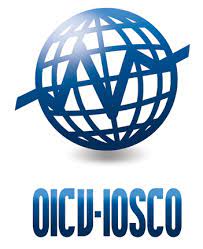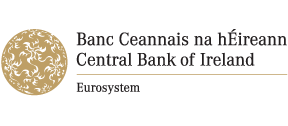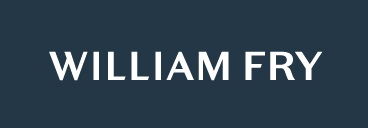ETF experts have said the latest set of ETF good practice proposals from the International Organization of Securities Commissions (IOSCO) could pave the way for non-transparent ETFs in Europe, however, questions remain over investor demand for the structure.
Earlier this month, IOSCO announced it was seeking feedback from the ETF industry on its latest set of ETF good practices which were initially published in 2013.
The consultation report is the result of a five-year collaboration between regulators across global ETF domiciles “against the backdrop of significant ETF growth, in-depth market studies and stress events”, according to Sergey Dolomanov, partner at William Fry.
In the report, the proposals for the latest set of ETF good practices included a focus on the relationship between ETF issuers and authorised participants (APs) while also addressing the question of non-transparent ETFs, a structure that has been given the green light in the US and Australia but not in Europe.
When considering non-transparent ETFs, the proposals encouraged regulators to ensure market participants have the right information in order to facilitate effective arbitrage, a sign the global watchdog is less concerned about ETFs having to publish their holdings daily.
As Stephen Carson, partner at A&L Goodbody, told ETF Stream: “One of the interesting aspects is the ‘Measure 2’ question in relation to encouraging regulators to consider requirements regarding portfolio transparency or the provision of other information to market participants to facilitate the arbitrage mechanism.
“You would be hopeful that this aspect of the consultation could elicit feedback which may be useful in encouraging consideration of an alternative disclosure model and pave the way for semi-transparent active ETFs in Europe.”
Echoing his views, Dolomanov said IOSCO is not suggesting that full portfolio transparency – which is currently required by the Central Bank of Ireland (CBI) – is the only correct approach.
“This recognition that other approaches adopted by a number of jurisdictions, including in the European Union, are also workable is helpful to the case for ‘semi-transparent’ active ETFs,” he added.
However, Athanasios Psarofagis, ETF analyst, at Bloomberg Intelligence, said he is unsure if demand for non-transparent active ETFs will be strong even if the CBI do approve the structure.
During a recent ETF Stream webinar building up to ETF Ecosystem Unwrapped, he told the audience: “A rule change may be enough to encourage some active players to enter the ETF market, however, demand has so far been weal for active ETFs in the US.
“For an industry built on transparency, it could be seen as a step in the wrong direction.”
Elsewhere, the role of APs was also brought into focus by the proposals and in particular, the requirement of ETF issuers to “conduct due diligence” and avoid exclusive arrangements with APs.
Dolomanov said these good practices could develop into additional regulatory requirements for UCITS ETFs.
“Although in practice UCITS ETFs undoubtedly conduct due diligence on their authorised participants and likely have in place contingency plans should the arbitrage mechanism become impaired, it is entirely plausible that these good practices identified by IOSCO will eventually be formalised into additional regulatory requirements applicable to UCITS ETFs, potentially by way of an update to the ESMA's guidelines,” he explained.
Related articles






